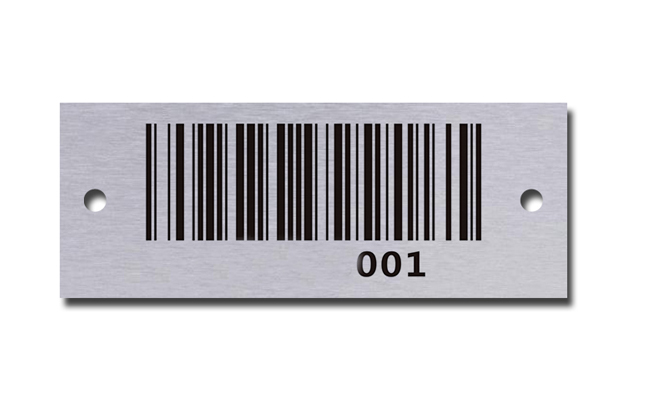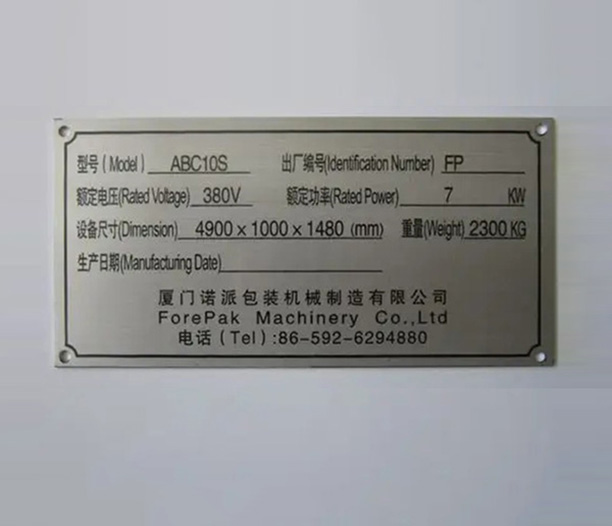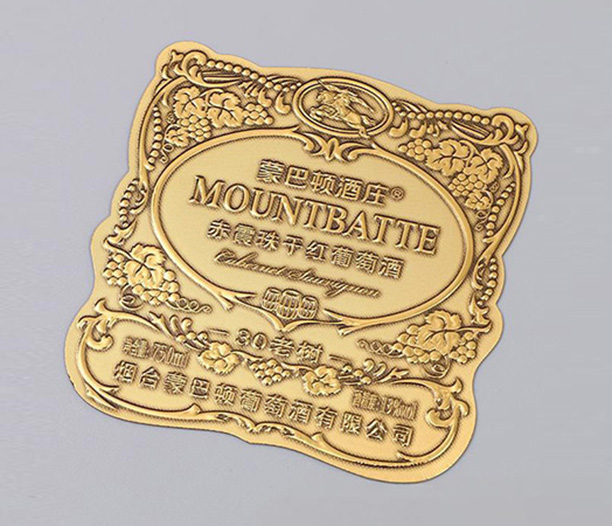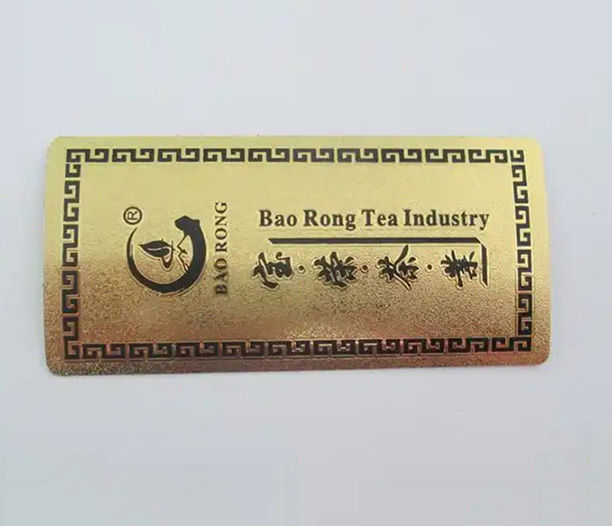Walk into any facility that handles industrial chemicals, and you’ll see them—bold, unmistakable signs affixed to drums, bottles, and tanks. These are hazardous chemical labels, and they are far more than just sticky pieces of paper. They are the first and most critical line of defense in workplace safety, communicating vital information in an instant. Getting them right isn't just about compliance; it's about protecting people, property, and the environment.
This article cuts through the complexity, offering a straightforward approach to selecting and using the correct hazardous chemical labels for your specific needs.

Why the Right Hazardous Chemical Label is Non-Negotiable
Before diving into selection criteria, it's essential to understand the stakes. An inadequate or damaged hazardous chemical label can lead to catastrophic consequences. A worker might mistake a corrosive cleaner for a harmless solvent, leading to severe injury. An emergency responder might be unaware of flammable materials during a fire, escalating the danger. Proper labeling is the cornerstone of the Globally Harmonized System (GHS), designed to standardize hazard communication worldwide. It ensures that everyone, from a seasoned chemist to a new warehouse employee, understands the risks involved.
Beyond safety, the legal and financial implications are significant. Regulatory bodies like OSHA enforce strict labeling requirements. Failure to comply can result in hefty fines, operational shutdowns, and increased liability in the event of an incident.
Decoding the Components of a Compliant Label
A GHS-compliant hazardous chemical label is not a random collection of symbols and words. It follows a precise structure designed for quick comprehension. Key elements include:
Signal Word: This is either "Danger" for severe hazards or "Warning" for less severe hazards. It immediately indicates the level of risk.
Pictograms: These are diamond-shaped symbols with a red border. Each of the nine GHS pictograms represents a distinct hazard class, such as flammability, corrosion, health hazards, or environmental toxicity. A single label may have multiple pictograms.
Hazard Statements: These are standardized phrases that describe the nature of the hazard (e.g., "Causes serious eye damage," "Highly flammable liquid and vapor").
Precautionary Statements: These outline recommended measures to minimize or prevent adverse effects from exposure, including advice on storage, handling, and personal protective equipment (PPE).
Product Identifier: This is how the chemical is identified, typically by its name or code, which should match the entry on the corresponding Safety Data Sheet (SDS).
Supplier Information: The name, address, and telephone number of the manufacturer or supplier.
A Step-by-Step Guide to Choosing Your Hazardous Chemical Labels
Selecting the right label is a deliberate process. Here’s a practical framework to guide your decision:
Step 1: Assess the Chemical and Environmental Hazards
Start by reviewing the chemical's SDS, specifically Sections 2 (Hazards Identification) and 9 (Physical and Chemical Properties). This will tell you exactly which pictograms, signal words, and hazard statements are required. Simultaneously, consider the physical environment. Will the label be exposed to solvents, extreme temperatures, UV light, or abrasive conditions? This assessment dictates the material and durability you need.

Step 2: Determine the Required Label Material and Adhesive
Not all labels are created equal. Using a paper label on a drum that will be stored outdoors or washed down is a recipe for failure.
Paper: Suitable for short-term, indoor use on containers that won't be subjected to moisture or chemical splashes.
Vinyl: A good mid-range option offering better water and abrasion resistance than paper.
Polyester/Polypropylene: These are durable, synthetic materials designed to withstand harsh conditions, including exposure to many chemicals, oils, and solvents. They are ideal for industrial settings.
Adhesives: The adhesive is as important as the face material. Permanent acrylic adhesives are standard for most industrial applications. For surfaces like polyethylene or polypropylene, a specialized high-tack adhesive is often necessary to ensure the hazardous chemical label stays put.
Step 3: Prioritize Legibility and Durability
A label that fades, peels, or becomes unreadable is useless. Look for materials with:
UV Resistance: To prevent sun fading.
Chemical Resistance: To withstand splashes and wipe-downs.
Tear and Abrasion Resistance: For labels on containers that are frequently moved or handled.
This is where the quality of the manufacturer matters. Companies like Hemawell Nameplate specialize in producing industrial-grade nameplates and labels that are engineered to remain legible and adhered for the long term, even in demanding environments.
Step 4: Plan for Application and Integration
Consider how the labels will be applied. For large facilities, pre-printed rolls of common hazardous chemical labels (like flammable or corrosive) can save time. For smaller operations or unique chemicals, printable labels on-demand offer flexibility. Ensure your labeling system integrates seamlessly with your SDS management and employee training programs.
Best Practices for Application and Maintenance
Applying the label correctly is the final, crucial step.
Surface Preparation: Ensure the surface is clean, dry, and free of dust, oil, or grease.
Placement: Apply the hazardous chemical label to a visible, flat area of the container. Never place it where it might be obscured by other equipment or a handle.
Inspection and Replacement: Implement a regular inspection schedule. Any label that is damaged, faded, or partially peeled must be replaced immediately. A proactive maintenance program ensures your hazard communication remains effective at all times.
Partnering with a Reliable Supplier: The Hemawell Nameplate Example
In the world of industrial safety, the quality of your components directly impacts your safety outcomes. Partnering with a reputable supplier is not just a procurement decision; it's a risk management strategy. Established manufacturers like Hemawell Nameplate bring expertise in material science and regulatory compliance to the table. They understand that a hazardous chemical label is a critical safety device and engineer their products accordingly, offering a range of durable materials and printing techniques to meet the most stringent requirements.
By investing in high-quality labels from trusted partners, you invest in the certainty that your hazard warnings will be clear, compliant, and durable for the life of the chemical container.
Frequently Asked Questions (FAQs) About Hazardous Chemical Labels
Q1: How often should we inspect and replace our hazardous chemical labels?
A1: There is no fixed timeline, as it depends on the environment. Labels should be inspected regularly—at least as part of a quarterly safety audit or whenever a container is used. Any sign of damage, fading, peeling, or chemical degradation means the hazardous chemical label must be replaced immediately. It's better to be proactive than to risk a label failing when it's needed most.
Q2: Can we use our own in-house designed labels, or must they be GHS-standardized?
A2: While you can design the layout, the core elements—the pictograms, signal words, and hazard statements—must conform exactly to the GHS standard. You cannot alter the red-bordered pictogram or create your own hazard phrases. The goal of GHS is universal understanding, so standardization is mandatory for compliance.
Q3: What is the difference between a hazardous chemical label and a placard?
A3: Both communicate hazards using similar pictograms and language, but they are used in different contexts. A hazardous chemical label is placed on the immediate container of a chemical (e.g., a bottle, drum, or tote). A placard is a larger, similar sign used on transport vehicles, bulk storage tanks, or building entrances to warn of larger quantities of hazardous materials.
Q4: Are there specific labels for chemicals that are transferred into smaller, secondary containers?
A4: Yes, this is a common scenario. When a chemical is transferred from its original container into a secondary container (like a spray bottle or a beaker) for immediate use by the employee who performed the transfer, a full GHS label may not be required. However, the secondary container must still be labeled with the product identifier and hazards. For anything beyond "immediate use," the secondary container must have a complete hazardous chemical label with all GHS elements. Many companies simplify this by using pre-printed or portable labeling systems for secondary containers.
Q5: We have old labels with MSHA/ANSI language. Do we need to replace them all with GHS labels?
A5: Yes. The transition to the GHS system has been mandatory for years. Older labels using the MSHA/ANSI diamond or other outdated systems are non-compliant. All containers of hazardous chemicals in the workplace must have a GHS-compliant hazardous chemical label. It is a regulatory requirement and a critical safety update to ensure clarity and consistency in hazard communication.






